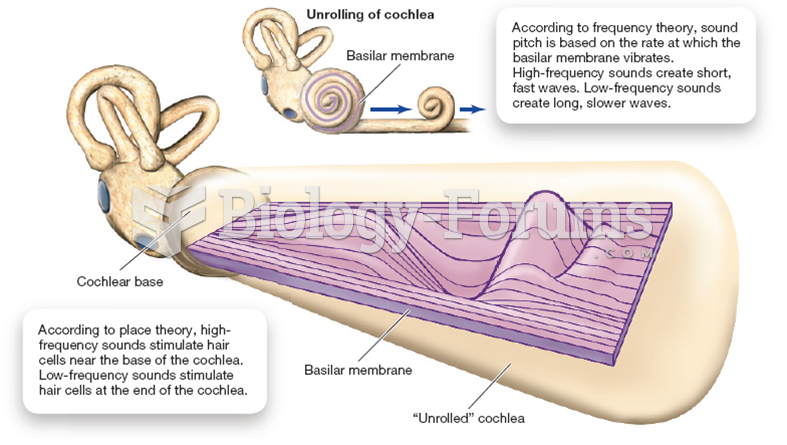|
|
|
Hippocrates noted that blood separates into four differently colored liquids when removed from the body and examined: a pure red liquid mixed with white liquid material with a yellow-colored froth at the top and a black substance that settles underneath; he named these the four humors (for blood, phlegm, yellow bile, and black bile).
When intravenous medications are involved in adverse drug events, their harmful effects may occur more rapidly, and be more severe than errors with oral medications. This is due to the direct administration into the bloodstream.
The immune system needs 9.5 hours of sleep in total darkness to recharge completely.
The calories found in one piece of cherry cheesecake could light a 60-watt light bulb for 1.5 hours.
There are more bacteria in your mouth than there are people in the world.







